With a paper plate of chocolate-banana chocolat banane waffle in one hand, I surveyed the park for a vacant seat and found one punctuating a grove of manicured trees. Sweet, I whispered as I pulled a chair and settled. The scene was just as cliché as I imagined, but, heck, I was loving it. I was enjoying waffles in one corner of the Tuileries Garden and listening to Lana del Rey while keeping my eyes on that pointy metal structure that poked the Parisian sky — the Eiffel Tower.
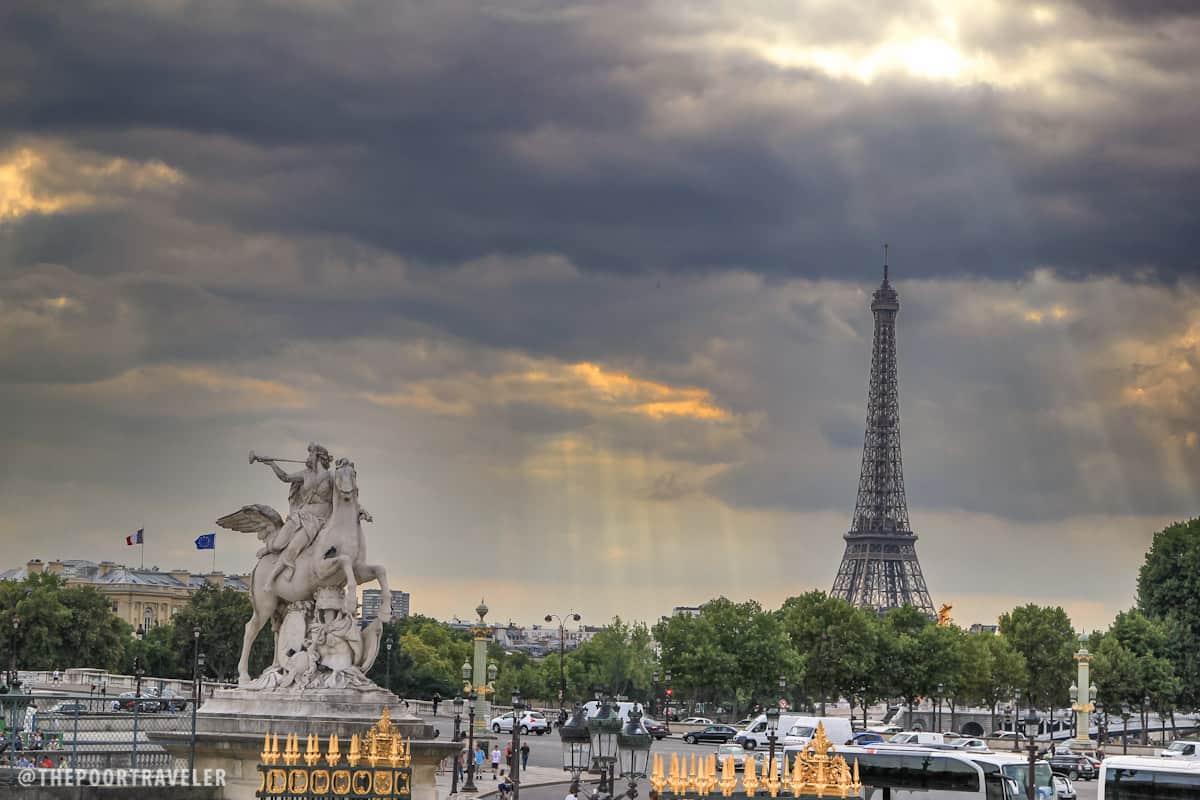
But the world-famous landmark would have to wait at that point. It was my first day in Paris, and the tower was not yet part of the plan. That afternoon was reserved for Champs-Élysées, ending here at the Tuileries Garden. Just in front of me was Place de la Concorde, Paris’s largest public square. The place is peaceful now. Over 200 years ago, however, it was the site of one of the most important events in French history. This was where King Louis XVI and Queen Marie Antoinette were executed by guillotine. Today, the only commotion that occurs here is that of tourists finding a good spot for a quick rest after hours of sightseeing.
My walk began at the other end of Champs-Élysées, a 1.9-km long boulevard that connects Place de la Concorde and Place Charles de Gaulle. A stroll along the famed avenue introduces many of the city’s most popular tourist spots. Here are some of them.
1. Arc de Triomphe
Arc de Triomphe has its own metro station called Charles-de-Gaulle-Étoile, making it an ideal start of a walking tour. Smack at the center of Place Charles de Gaulle in the 8th arrondissement, it enables a great view of Champs-Élysées.
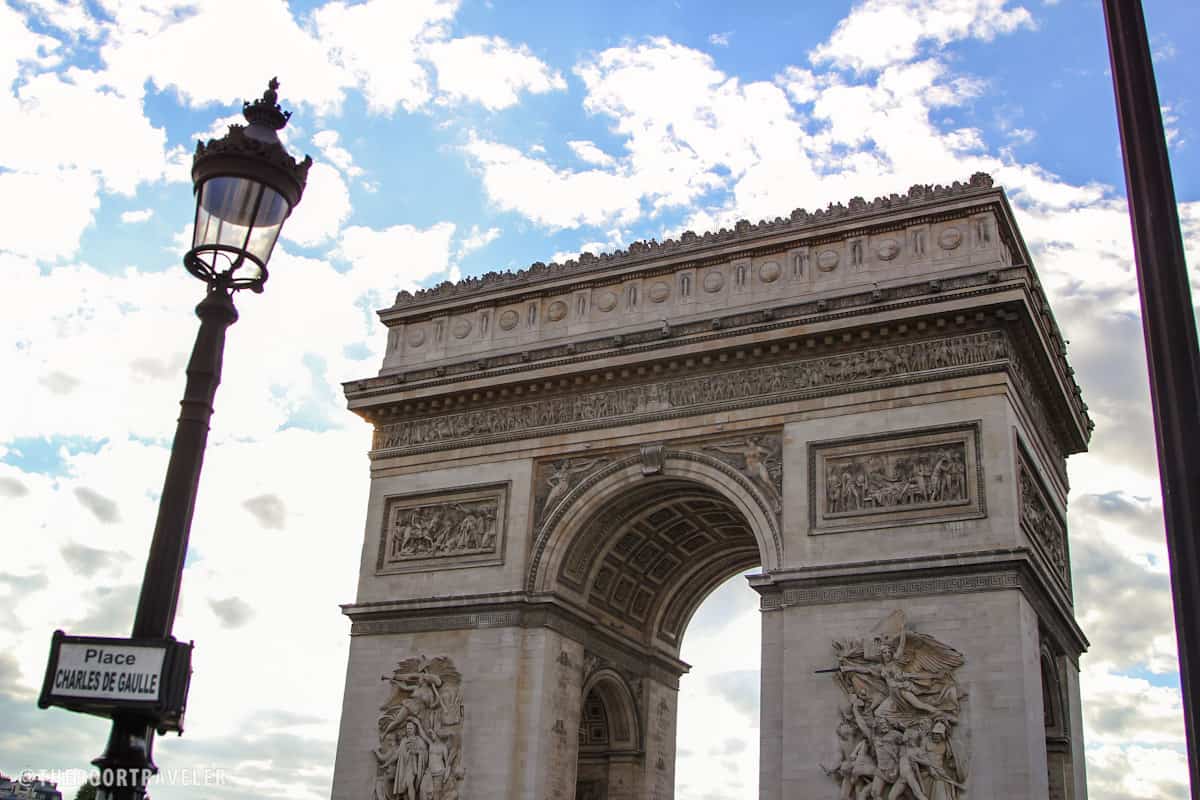
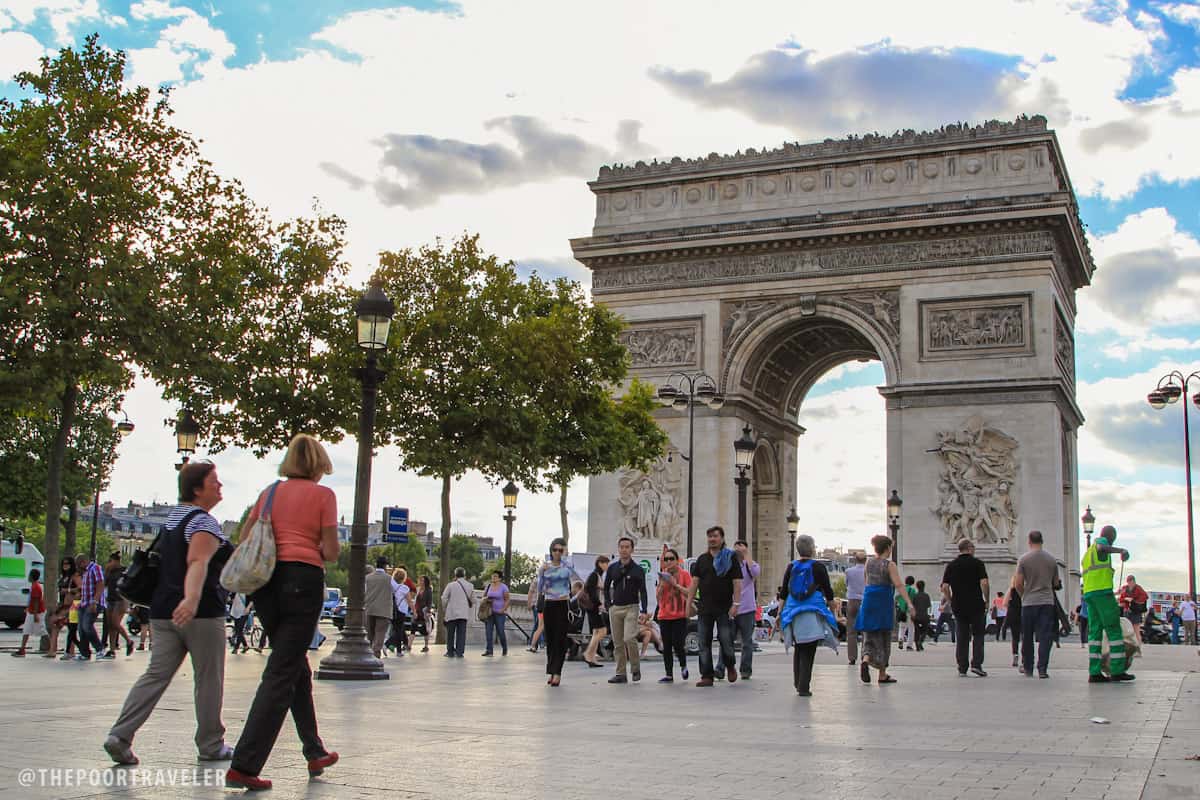
The Arc is one of the most iconic monuments in Paris. Erected between 1806 and 1836, it was commissioned by Napoleon Bonaparte after the victory at Austerlitz and was designed by Jean Chalgrin in honor of those who fought at the French Revolutionary and Napoleonic Wars. Names of generals and all French victories are inscribed on the structure.
I had a foolish impression before coming here that the arc was small (I don’t know why) and was, thus, surprised to be greeted by a Neoclassical mammoth. It measures 50 meters in height, 45 meters in length, and 22 meters in width.
2. Champs-Élysées
The boulevard itself is worth a look. Each year, it plays host to many Bastille Day (July 14) events including a military parade. On regular days, it boasts rectangular groves that fringe a maze of retail shops, theaters, and restaurants.
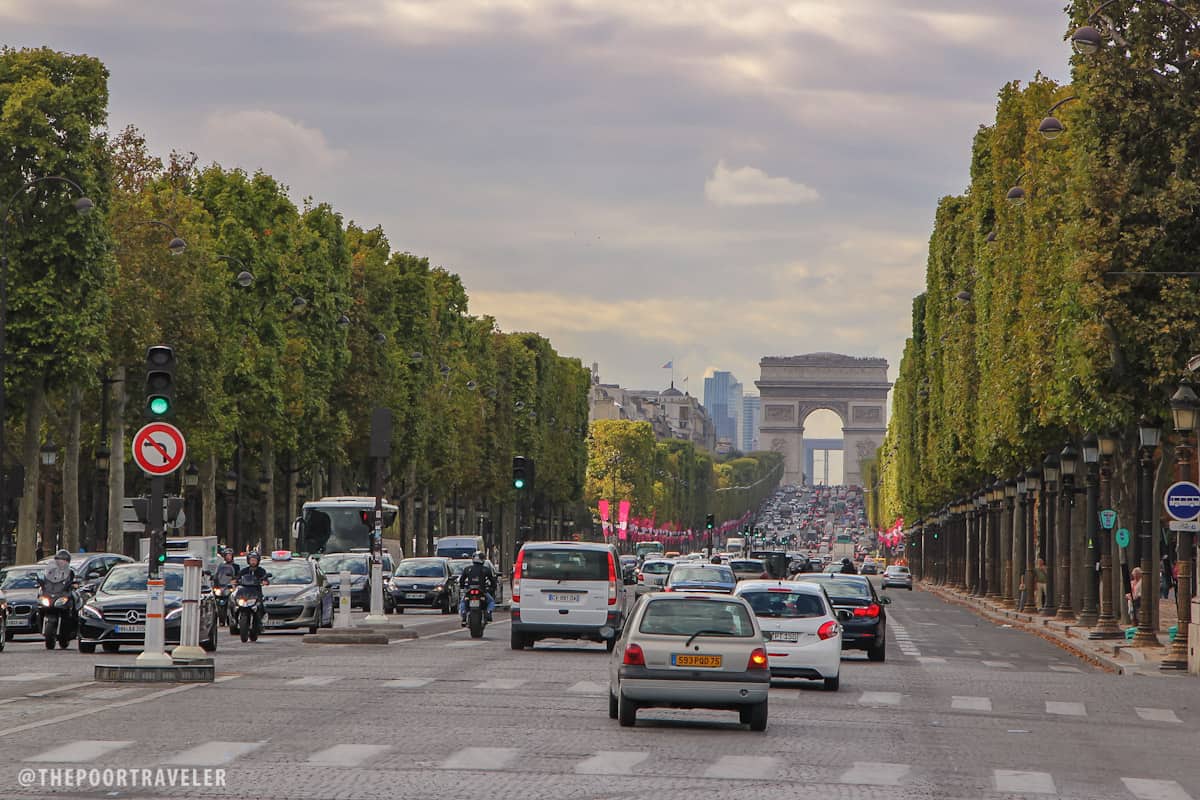
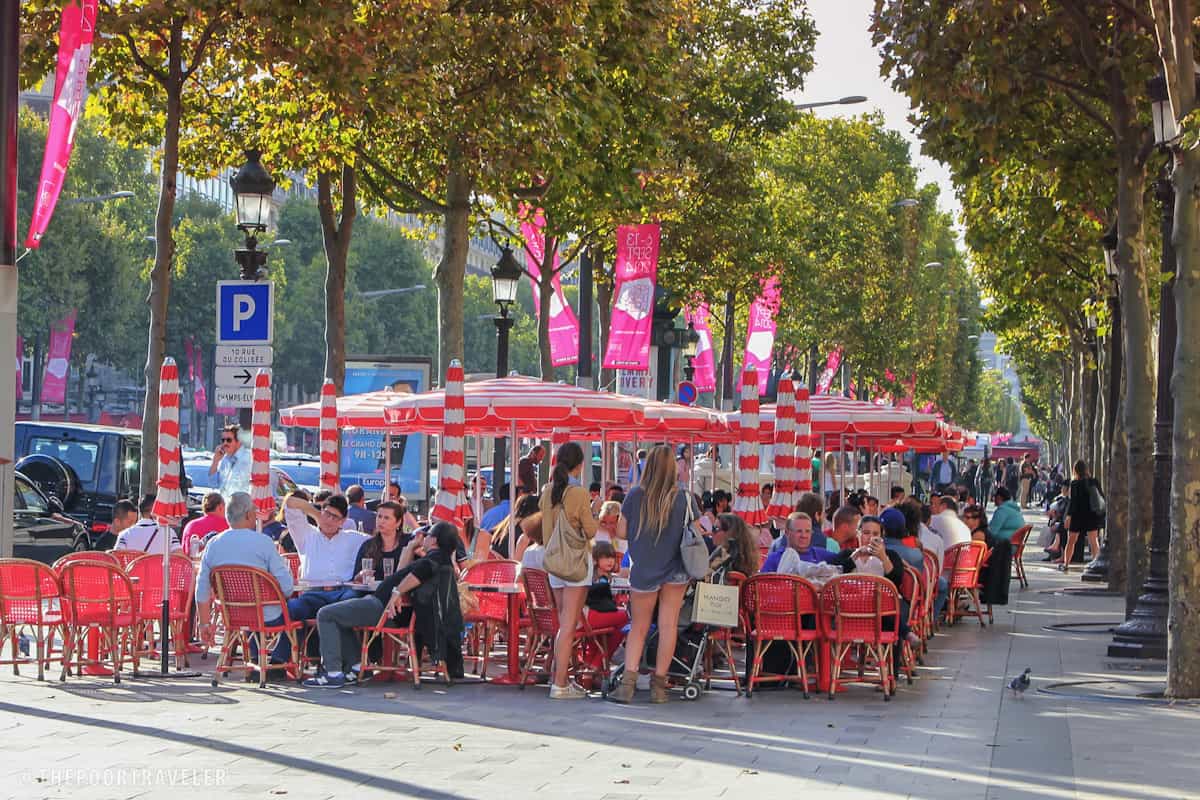
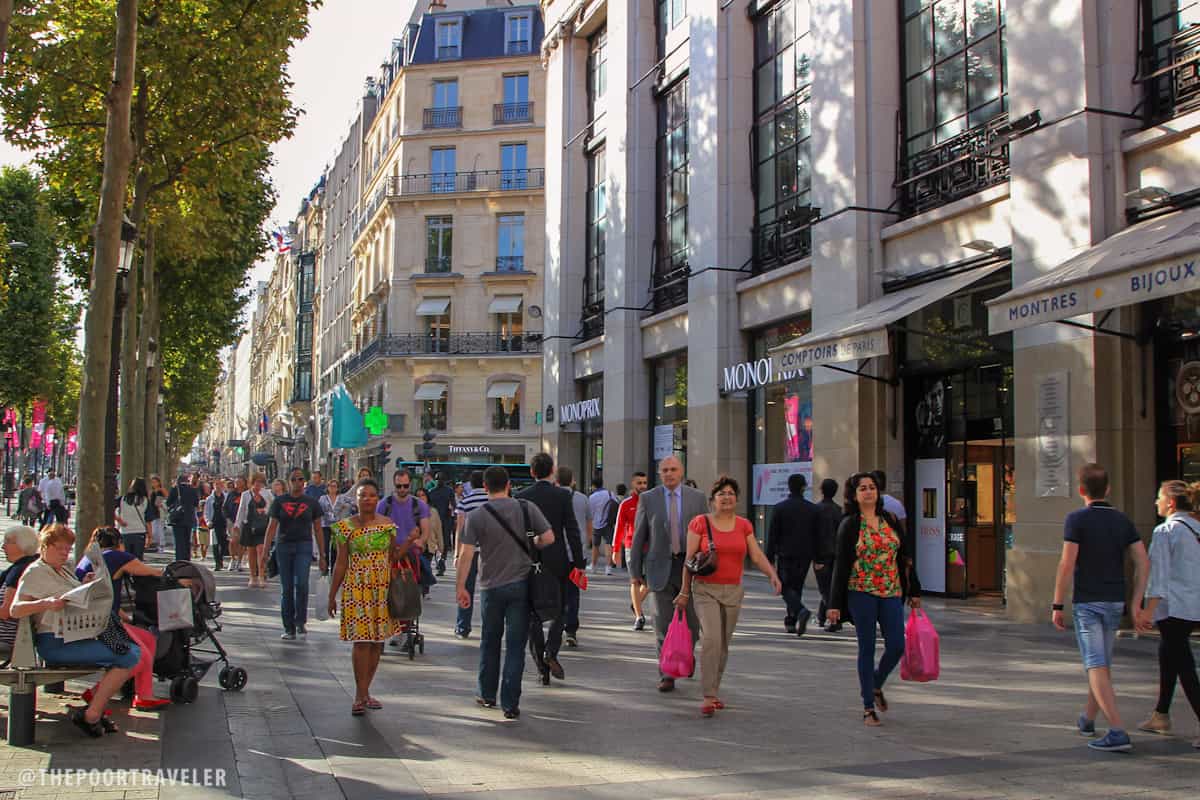
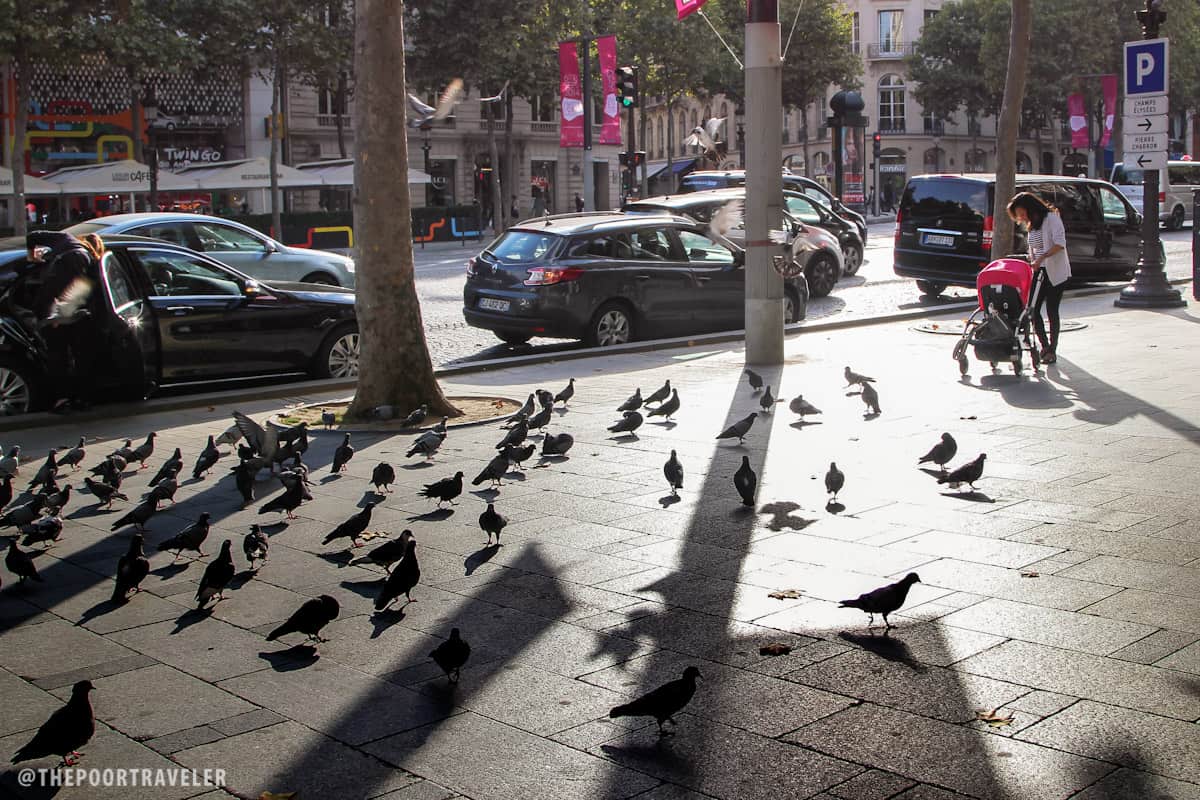
There was a time when Champs-Élysées was just a flat shade of green on the map: fields and gardens. The initial plan, made by André Le Nôtre in 1667, pegged the site to be just an extension of the nearby Tuileries Garden. Over centuries, it has evolved into one of the most famous and most fashionable streets in the world.
3. Fashion Stores
The area has become synonymous with shopping. Shopping has been ingrained in its history, starting in 1860 when the merchants along the boulevard established an association. Now called Comité Champs-Élysées, “it is the oldest standing committee in Paris,” according to my good friend Wikipedia.
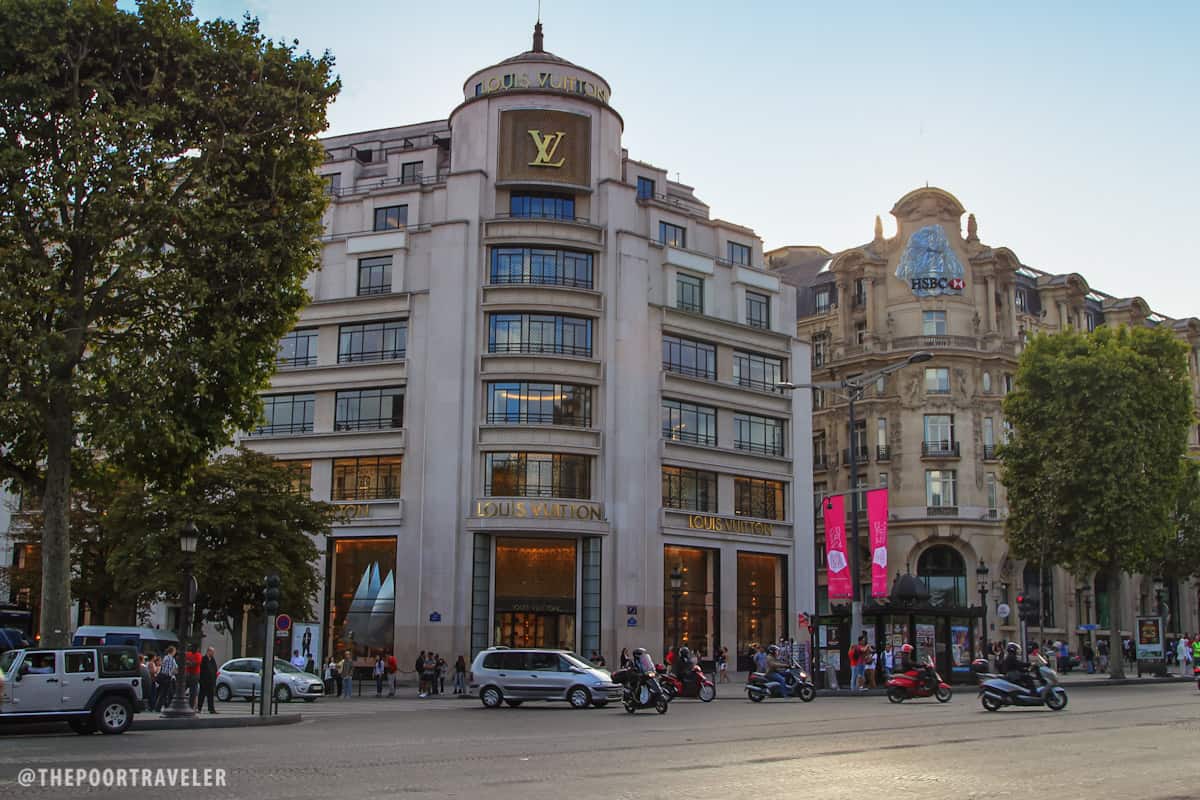
Popular brands and luxury labels are all here, including the flagship store of Louis Vuitton, which stands proudly on the southern side of the road.
4. Grand Palais
Another important historic site along Champs-Élysées is the Grand Palais, a “monument dedicated by the Republic to the glory of French art.” The grand, imposing structure edifice houses an exhibition hall and a museum complex. The Beaux-Arts beauty also serves as the venue for many of Chanel’s fashion shows.
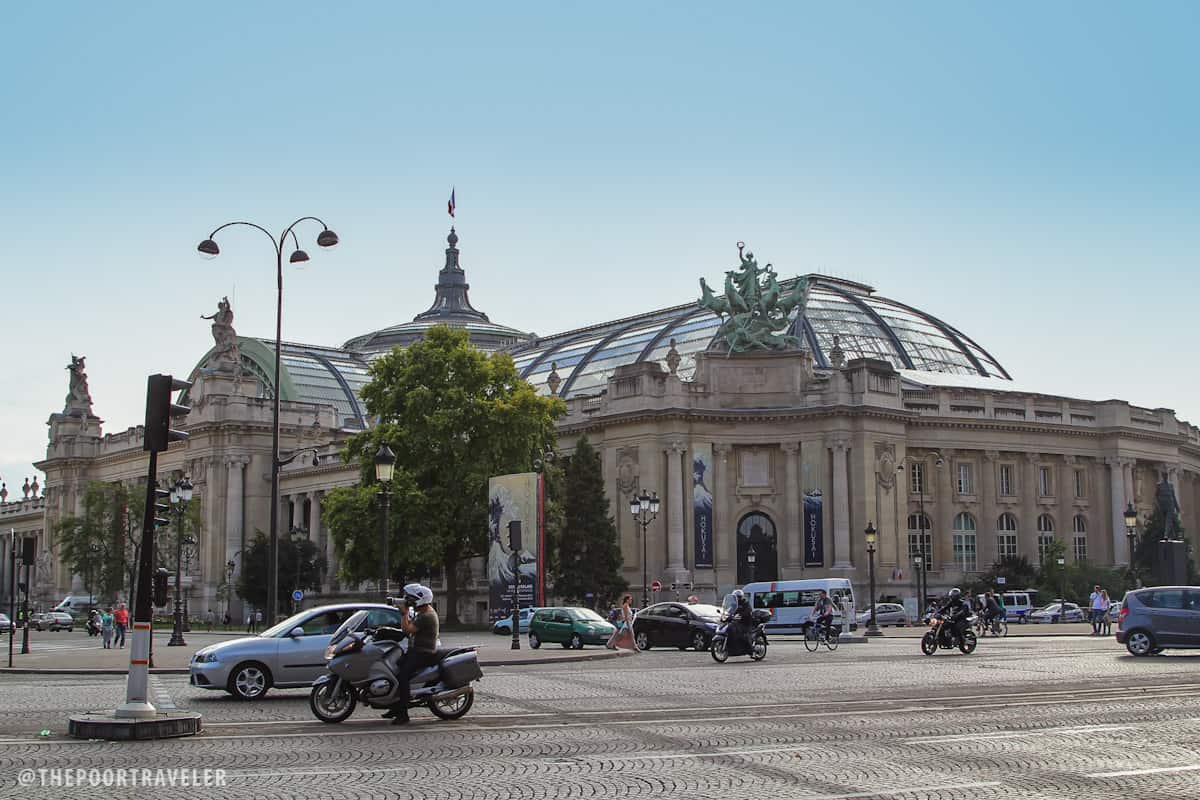
Built in 1897, the palace wears a blend of Classical and Art Nouveau designs, most evident in its stone facade and ironwork, as well as in its grand staircase. The most eye-catching are its glass barrel-vaulted roofs, framed by light steel, allowing natural light in.
Just across the Grand Palais is the Petit Palais.
5. Jardins des Champs-Élysées
At this point, you’ll probably be exhausted from all the hours of walking. Fret not! Beyond the groves of trees that line the avenue are pockets of greens, perfect for a brief rest. Some statues and fountains adorn the gardens. But you might want to spend a few euros on a serving of crepe from the unassuming stalls that hide under the foliage.
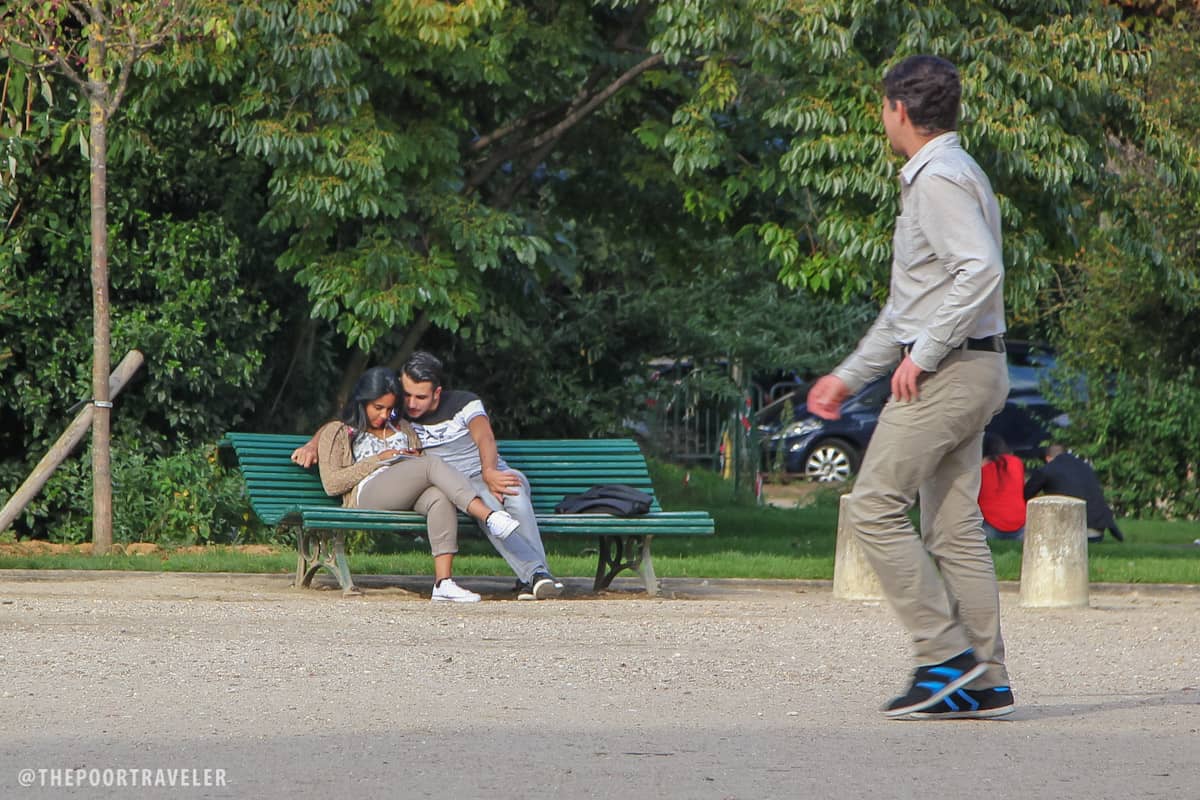
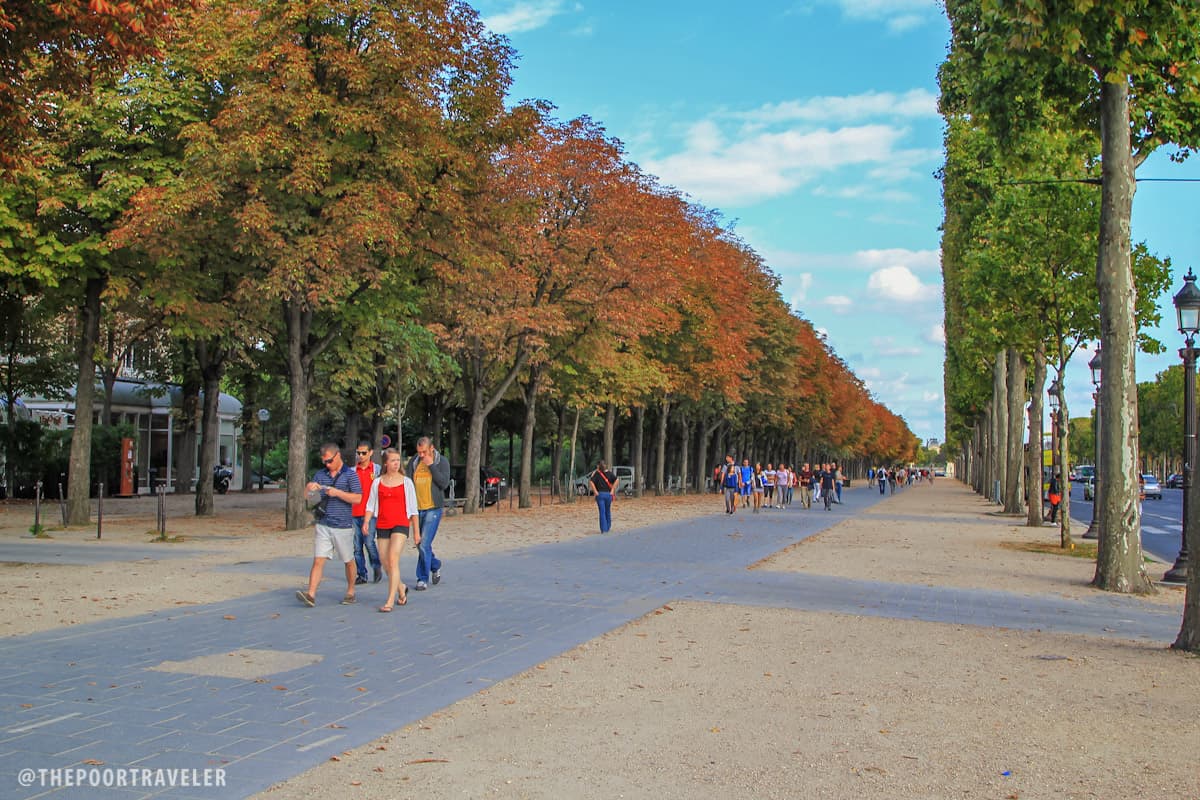
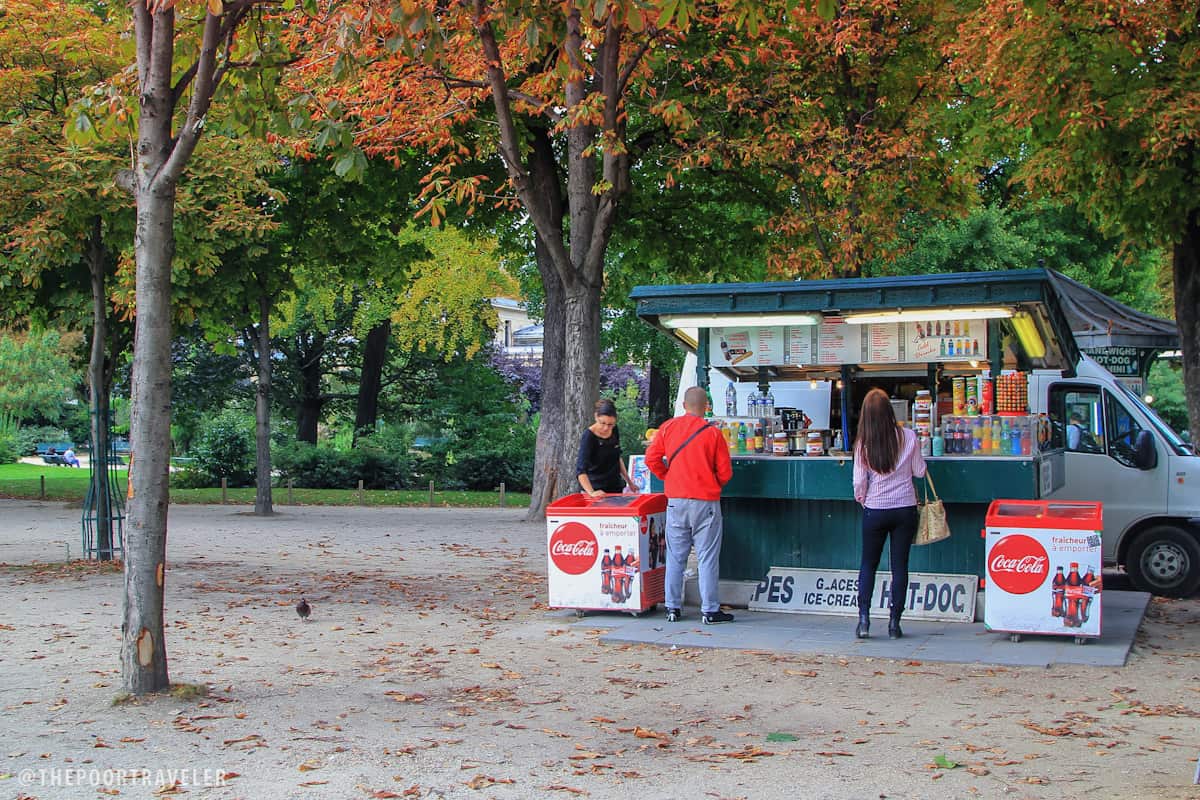
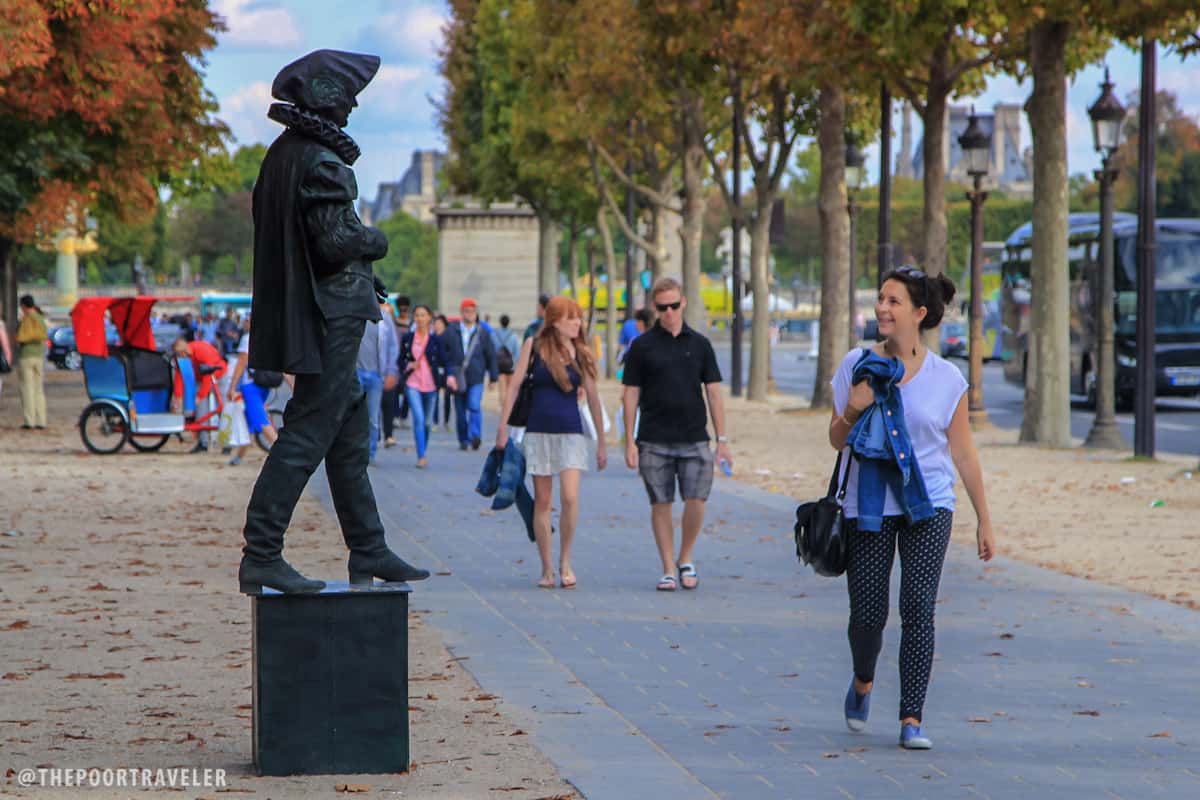
6. Place de la Concorde
The largest public square in Paris, the Place de la Concorde spans 8.64 hectares at the eastern end of Champs-Élysées. Its most prominent feature: the Obelisk of Luxor, a giant needle-shape Egyptian monument at the very center of the site. The obelisk is flanked by the Fontaines de la Concorde, designed by Jacques Ignace Hittorff. But the place itself was laid out Ange-Jacques Gabriel in 1755 in honor of King Louis XV.
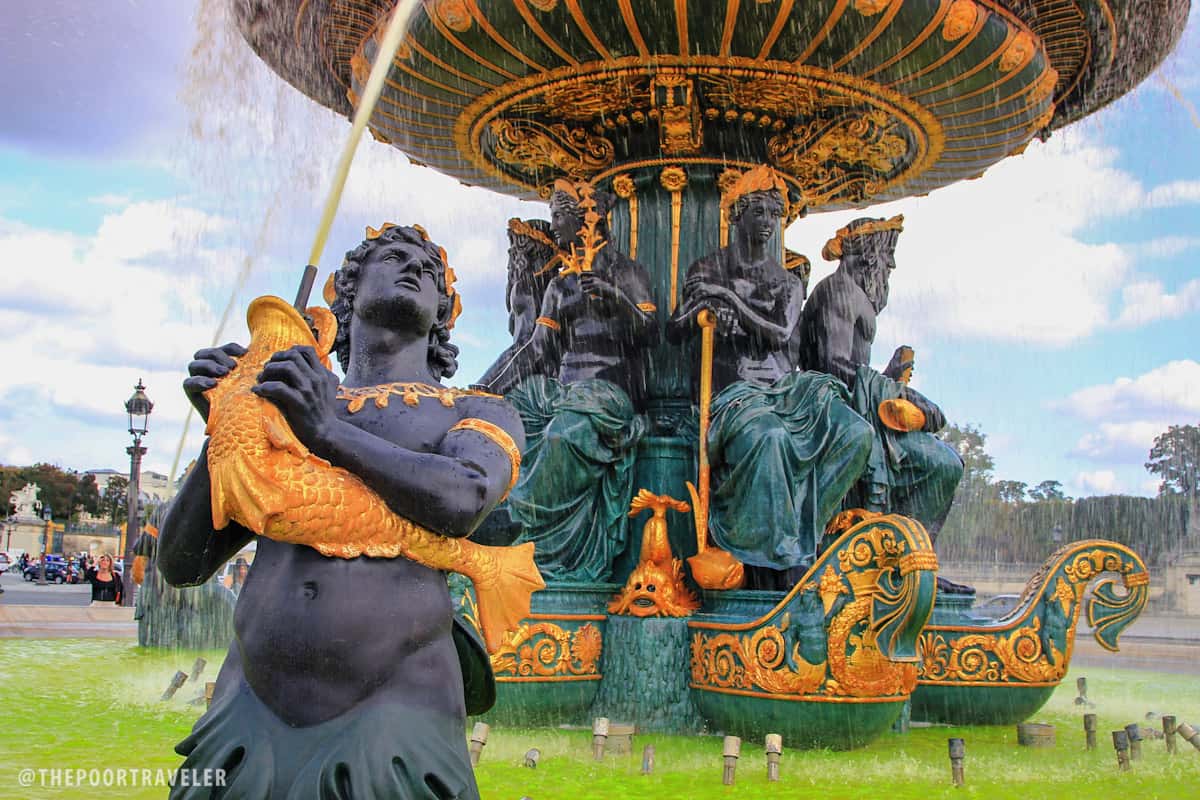
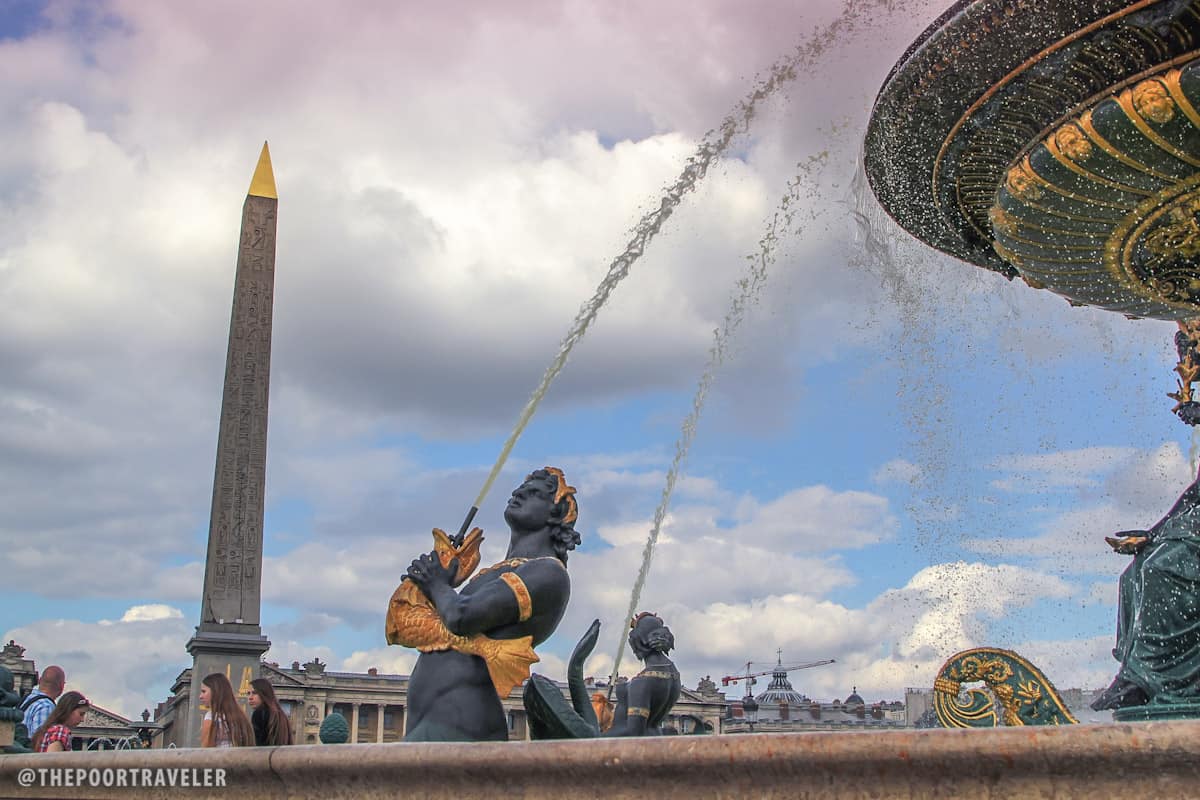
At the height of the French Revolution, the square was bestowed with a new name: aptly, “Place de la Révolution.” It was here that the guillotine would end the reign (and life) of King Louis XVI on 21 January 1793.
7. Tuileries Garden
Just east of Place de la Concorde lies the Jardin des Tuileries, once the garden of a royal palace which was opened to the public after the French Revolution. Construction of the Italian Renaissance garden was ordered by Queen Catherine de Medicis in 1564, after the death of her husband, King Henry II. She enlisted the help of Bernard de Carnesse, an architect from Florence. It has seen a number of redesigns over the centuries as ownership of the site was passed on from one ruler to another.
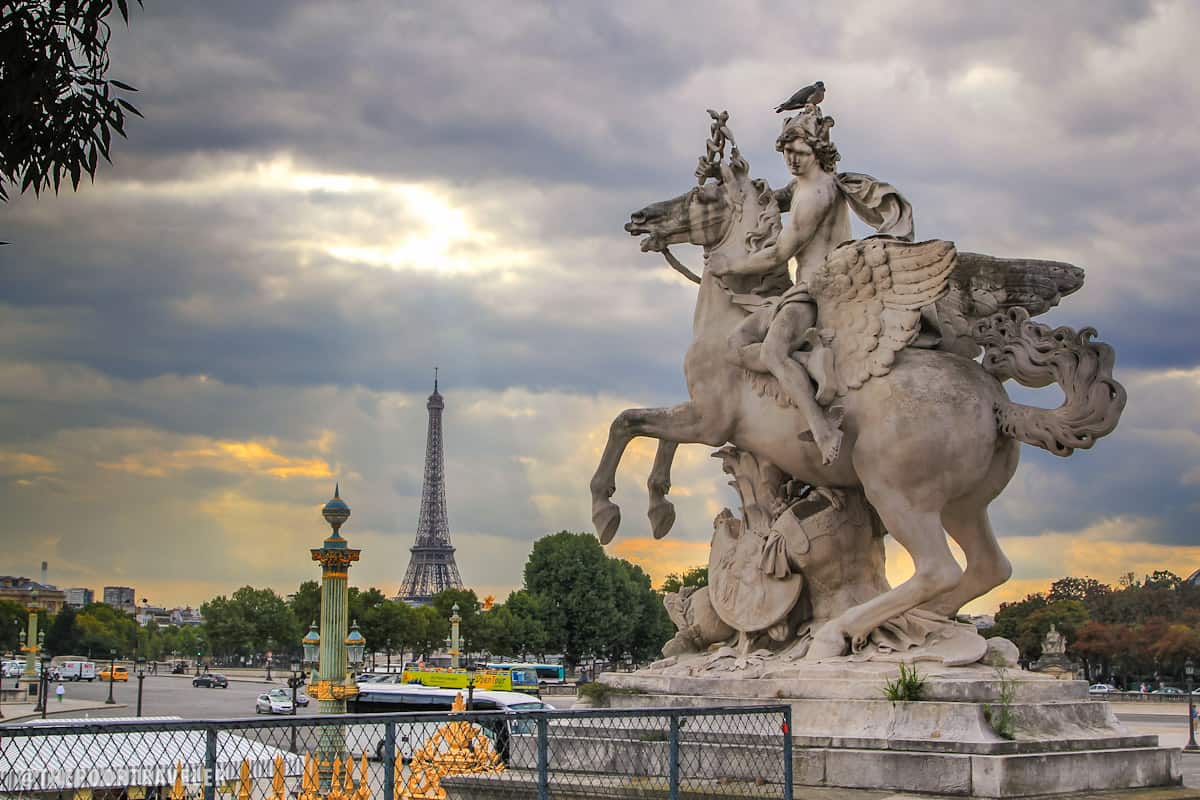
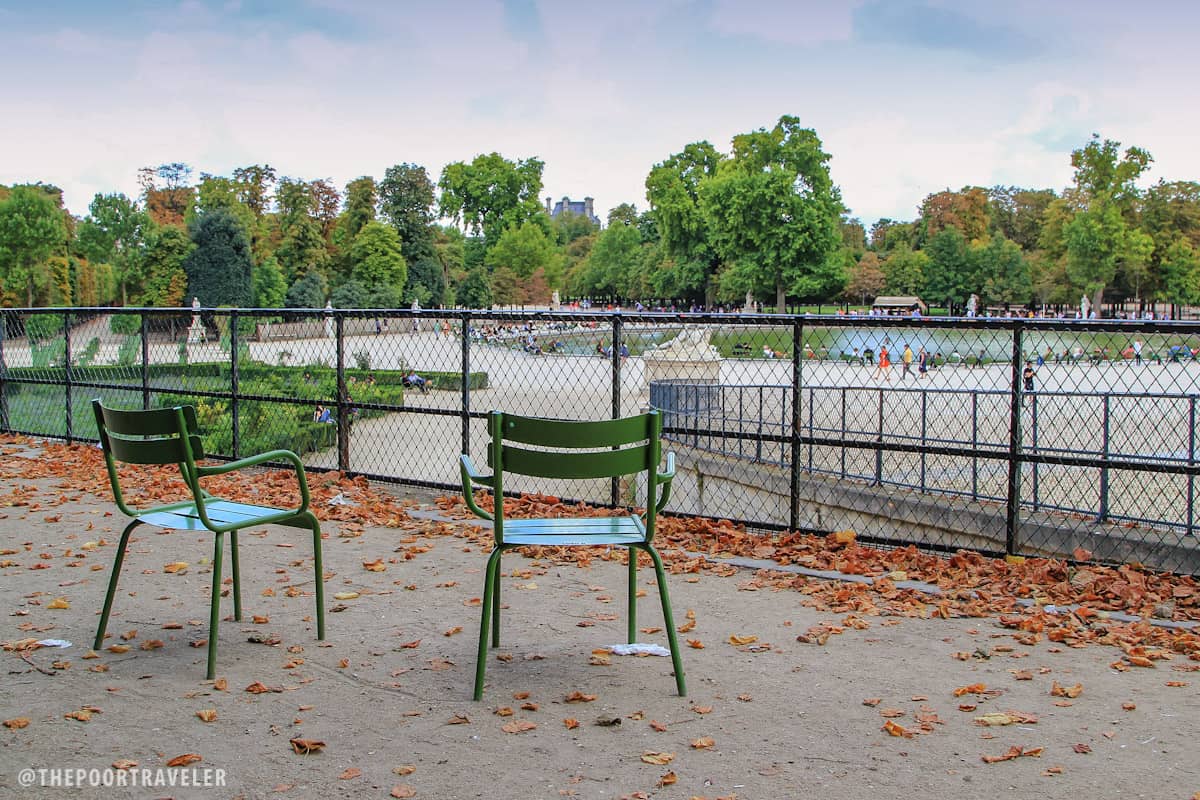
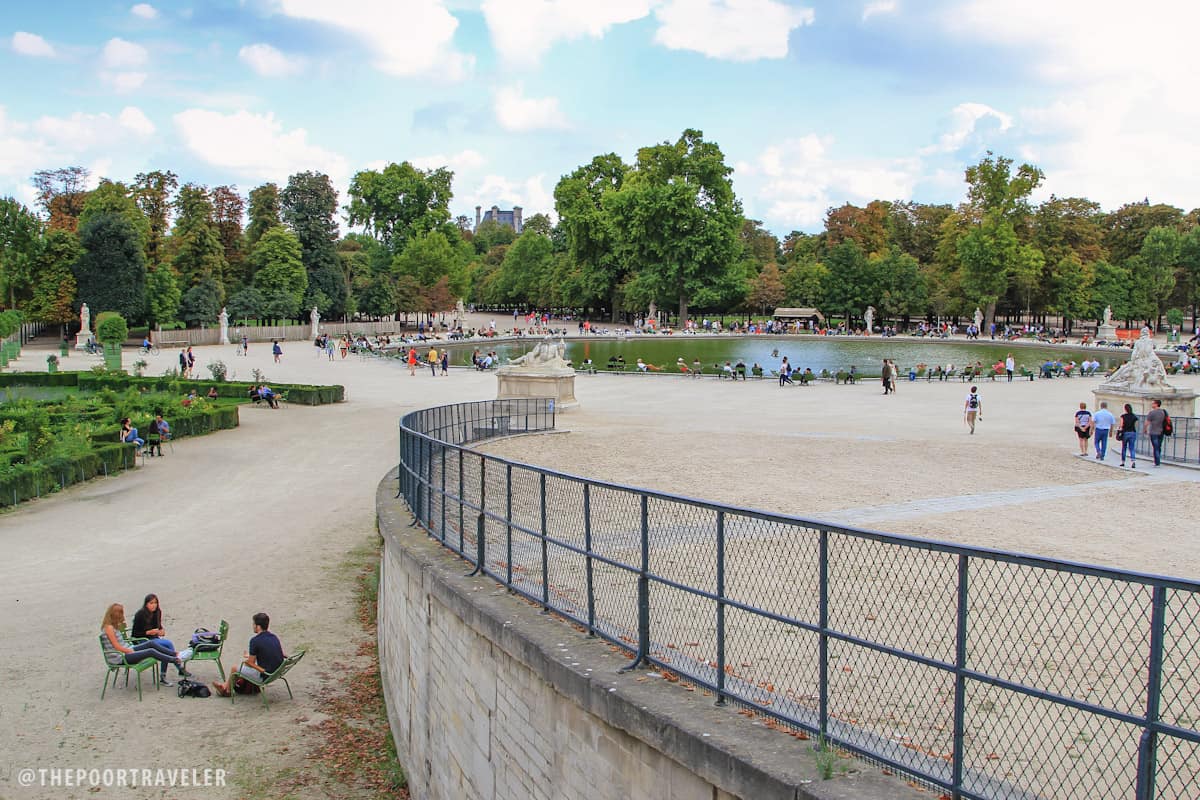
Today, the Tuileries Garden is a famous tourist spot and public park. Its centerpiece is an octagonal basin, a realization of landscape architect André Le Nôtre’s vision.
8. The Louvre
Walk straight across the garden and you’ll find yourself admiring the Louvre, the world’s most visited art museum, attracting over 9.7 million visitors a year, and also one of the world’s largest, covering an area of over 60,000 square meters. The museum shelters and showcases around 35,000 pieces, the most famous of which is probably the Mona Lisa by Leonardo da Vinci.
The Louvre is open from Wednesday to Monday, 9am-6pm (closed on Tuesdays), but try to visit on a Wednesday or Friday, when the operating hours are extended until 9:45pm, giving you more time to explore more rooms and see more pieces.
I will be writing about my time inside the Louvre in a separate post. Stay tuned! :)
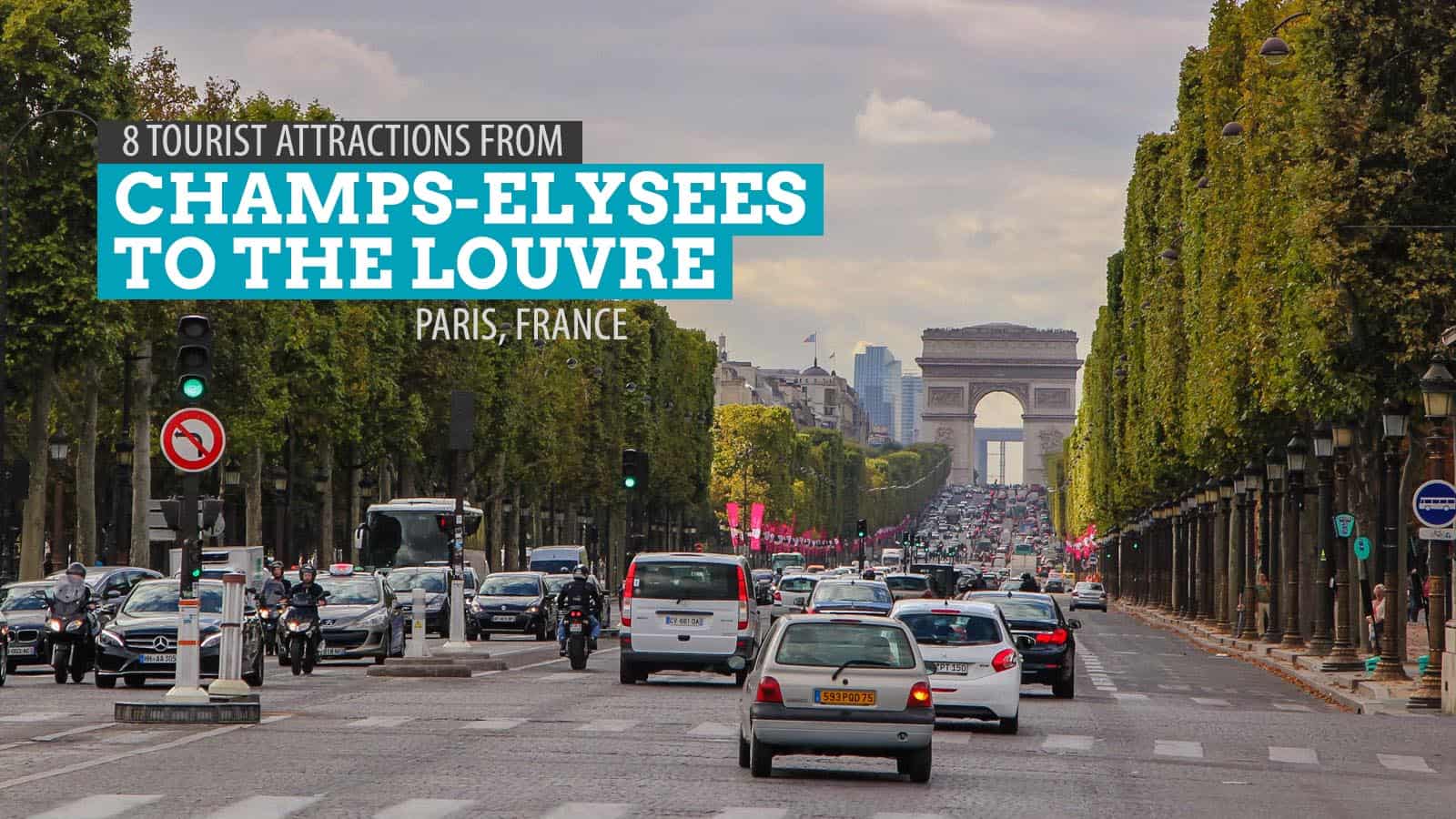
























I love your blog and wanted to share my experience.
I stayed at Hotel Le Bristol on Chicago Limo business for a week and it was incredible. This is everything you could dream of from a classic French hotel. Grand, sophisticated and welcoming, it is easily one of the Top 5 hotels I’ve ever stayed in. My room was large, clean and comfortable. The food on offer in the hotel is exquisite, from breakfast to dinner. The spa and swimming pool are amazing as well, on the top of the hotel, you can peak out over the Parisian rooftops as you take a dip! It is very expensive but if you can find a way, its well worth it.
i like ur blog very much…itsgoa.com
Great review! I’ve seen most of the Europe and noticed that traveling to megacities like Paris, London or New York is great fun, but if you go to India, Eastern Europe or somewhere like South America it will be completely different vacation. I have noticed that most of the people have changed and grown as a person when they came back. I have been to Africa and India, now I want to see and know everything about Russia and it’s common people. Just got back from Travel all Russia agency and it seems that I finally got the visa. I’m leaving in a month, can’t wait!